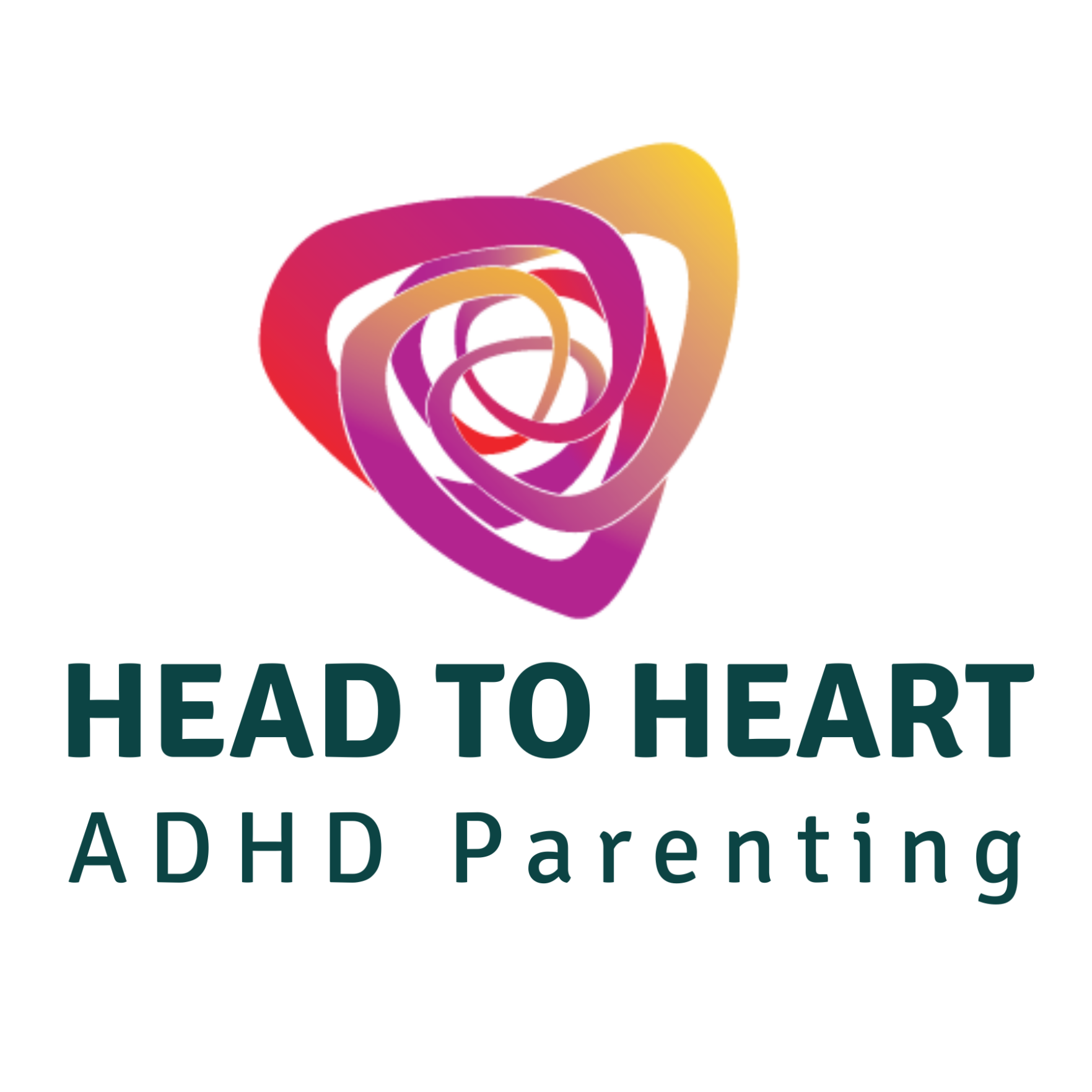Parents and Caregivers, We are thrilled to unveil our latest initiative – Head to Heart…
Kids With ADHD More Likely To Be Hit By Cars: Study
Catherine Pearson Catherine.Pearson@huffingtonpost.com
Children with attention deficit hyperactivity disorder may be at greater risk for being hit by a car when crossing the street. A new study suggests that because of differences in their ability to perceive risk, children with ADHD may choose to cross the street when it is less safe, even if they follow safety protocol like checking both ways.
“They are looking,” explained Despina Stavrinos, assistant professor at the University of Alabama Birmingham’s Injury Control Center and the study’s lead author. “But they are failing to see. Just like distracted drivers, they are going through the motions, but they are not actually processing the risk.”
To better understand the potential dangers of street crossing, researchers from the University of Alabama at Birmingham looked at 78 children, 39 of whom had ADHD-C — a subtype that includes both inattention as well as hyperactivity and impulsivity issues — and 39 of whom did not. The children were between 7 and 10, the age at which The American Academy of Pediatrics states it may be okay for children to be unsupervised pedestrians.
In a simulator that mimicked a typical street scene, the children were given 10 different street crossing scenarios. Researchers found that those with ADHD performed as well as non-ADHD participants in terms of looking both ways before crossing. However, when it came time to actually cross, those with ADHD picked smaller gaps in oncoming traffic, had more “close calls” and gave themselves less time to reach the other end of the crosswalk before traffic approached.
“We thought we might see that the kids with ADHD might not look left and right, but they are displaying that appropriate safety behavior,” Stavrinos said. “That points to an underlying mechanism in the executive functioning control center in the brain that affects processing so they can’t necessarily assess the risk.”
In 2009, a Canadian study gave several possibilities for why children with ADHD might have such difficulties, suggesting that they might overestimate their physical abilities when it comes time to weigh risks. That same study also found that children with ADHD might not have actually perceived any consequences for engaging in a risky behavior.
“What this suggests is that our typical programs that say, ‘You must do it this way,’ don’t work,” said Beth Bruce, Ph.D, of Dalhousie University, who wrote the Canadian study. “These studies — and there need to be more — suggest that there is a different way of processing,” she continued, adding that these issues are not necessarily unique to ADHD.
The potential implications of such risk-taking behavior are serious: According to the Centers for Disease Control, unintentional injury is the leading cause of death in children. And a growing body of scientific literature suggests that children with behavioral disorders, including ADHD, are more likely to suffer injury than those without the disorder.
So what can be done?
Parents of children with ADHD should increase supervision, said Dr. Steven Meyers, a professor of psychology at Roosevelt University and a Chicago-based clinical psychologist. He said that “over-practicing” of certain safety behaviors is essential, so that they become second-nature in children.
“It’s not an issue of not knowing what the right behaviors are,” he explained. “The impairment is largely in the area of impulsivity, of disregarding what they know.”
Pediatrician Dr. Alanna Levine added that observed crossing from afar can be a good way for parents to gradually gauge if their child is ready to make the appropriate decision, traffic-wise. She cautioned that the children in the University of Alabama at Birmingham study were not taking medication to treat their disorder at the time, adding that researchers are not yet clear as to what the impact of medication on risk-taking behaviors might be.
In the meantime, Stavrinos said that parents should be aware that differences in the executive functioning control center of the brain may mean their children need a street-crossing program that is unique to them.
“The biggest take-home message is that the things we do to teach about crossing safely may not be enough,” she said.

Comments (0)